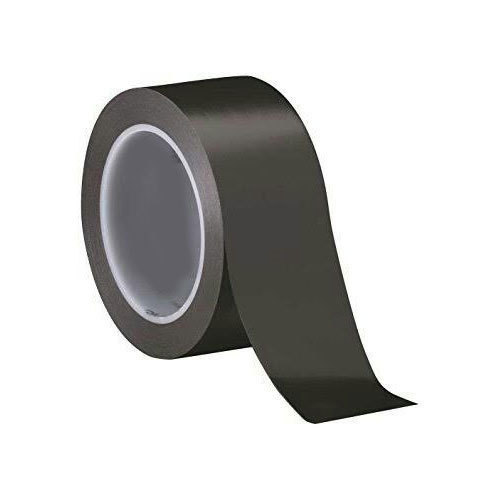Packaging tape, often seen as a mundane necessity, is a crucial tool in the world of shipping, storage, and organization. This simple adhesive material plays a vital role in ensuring that packages are securely sealed and protected during transit. To appreciate the significance of packaging tape, it’s essential to understand the various types, applications, and best practices for its use.
Types of Packaging Tape:
Pressure-Sensitive Tape: This type of tape, often referred to as self-adhesive or sticky tape, is easy to use and doesn’t require heat or moisture to activate its adhesive properties. It’s the most common type of packaging tape and is available in clear or colored varieties.
Water-Activated Tape (Gummed Tape): Water-activated tape requires moisture to activate its adhesive, creating a strong and permanent bond. It is often used for sealing cartons or boxes that contain heavy or valuable items.
Filament Tape: Filament tape is reinforced with embedded glass fibers, making it exceptionally resistant to tearing and stretching. It’s ideal for heavy-duty packaging needs and bundling items securely.
Masking Tape: While primarily used in painting and masking applications, masking tape can also be used for securing light packages and labeling.
Double-Sided Tape: This versatile tape has adhesive on both sides, making it suitable for various applications. It’s often used in craft projects, signage, and mounting.
Applications of Packaging Tape:
Packaging tape serves several critical functions, including:
Sealing Boxes: The primary role of packaging tape is to securely seal boxes and cartons. It ensures that items within the package remain intact during transit.
Protection from Tampering: Packaging tape can act as a tamper-evident seal. If properly applied, any tampering with the package becomes immediately apparent, enhancing security during transit.
Branding and Customization: Many businesses use packaging tape to reinforce their branding. Custom-printed packaging tape with logos and promotional messages adds a professional touch to packages.
Best Practices for Applying Packaging Tape:
To effectively apply packaging tape and ensure a secure seal, consider the following best practices:
Prepare the Surface: Ensure that the surface you’re taping is clean and dry. Dust, dirt, or moisture can compromise the tape’s adhesive.
Use the Right Length: Cut the appropriate length of tape for the job, allowing for a slight overlap to ensure a strong bond.
Apply Even Pressure: When applying the tape, use even pressure to ensure it adheres uniformly to the surface. A hand dispenser or tape gun can help with this.
Secure the Edges: Pay particular attention to the edges of the box. Double-taping the edges can reinforce the seal, making it less prone to peeling.
Label Packages: Use labeling techniques, such as shipping labels and packing list envelopes, to ensure packages are easily identifiable.
In conclusion, packaging tape is an often-overlooked hero in the world of shipping and packaging. Its versatility and adhesive strength make it essential for securing packages, preventing tampering, and promoting branding. By understanding the types of packaging tape, its applications, and best practices for use, you can ensure that your packages arrive safely at their destination, whether you’re shipping products or preparing for a move.



